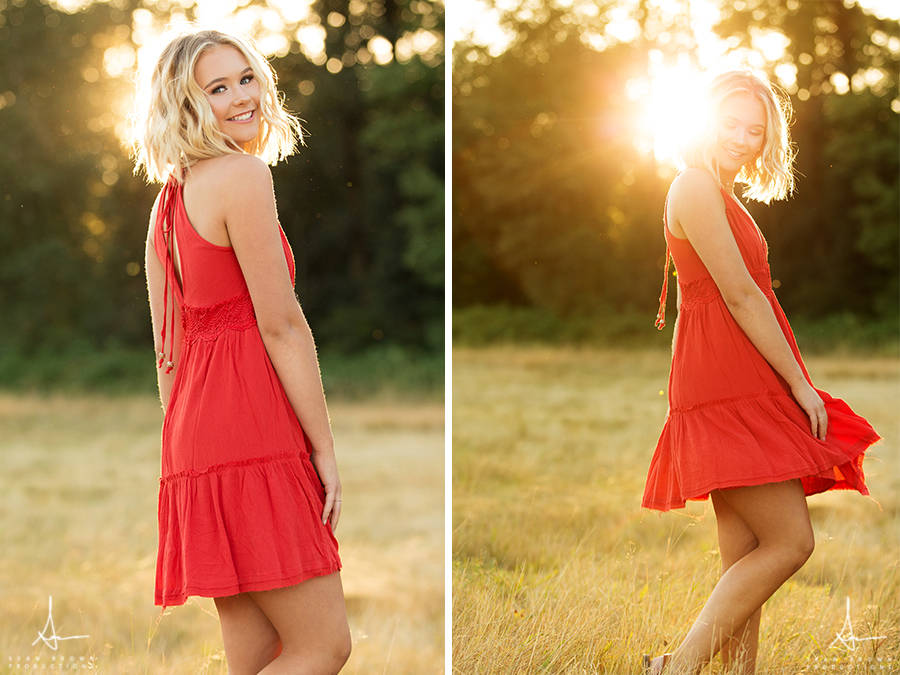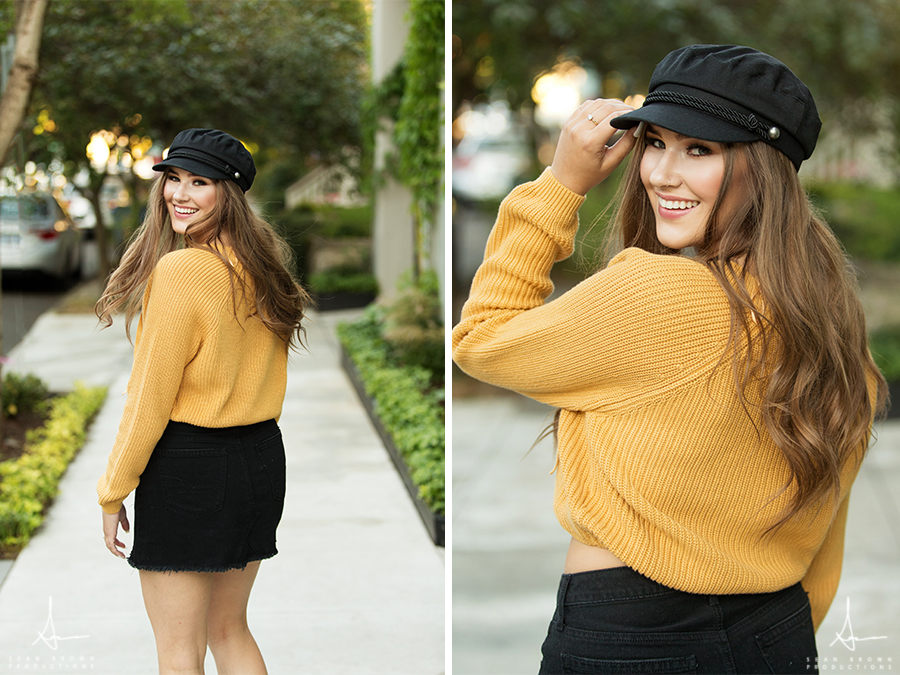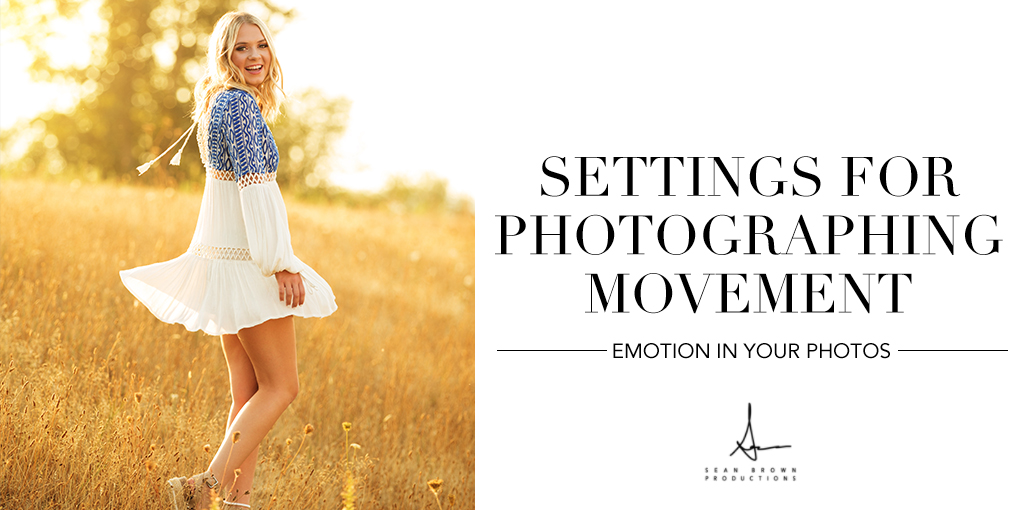Not many of you all know, but when I’m not photographing high school seniors, I am often on the sidelines photographing NFL or college football. I absolutely love sports photography and capturing a split second in a photograph.
That said, it’s also extremely challenging since everyone is moving so quickly. And you have to look out and try not to be run over on the sidelines!
One of the things that I learned and applied to my portrait photography business was making sure that I am properly capturing movement and what settings to use for it. I absolutely love incorporating movement into my work and making sure that I’m creating images that are filled with emotion and technically correct.

Shutter Speed
If you’re shooting with a prime lens in good lighting, chances are that you’re good to go and can skip this section. If you’re shooting in subpar lighting conditions or are using a slower lens – a lens that doesn’t let as much light in and has a smaller aperture – then this will be more applicable to you.
For my shutter speed, I make sure that I am photographing my movement at no less than 1/500s. This is a good general rule to freeze motion for a subject that is moving. If they’re running, you may need a faster shutter speed but 1/500s will allow you to freeze most motion. If you see that you’re getting motion blur like from a subject’s hair flip and you don’t want that, you will want to increase your shutter speed.
Some of the time I see photographers that are trying to photograph movement, but their shutter speed is too slow and this results in unwanted motion blur, which we don’t want.
Proper Aperture
As you track a subject that’s moving, shooting at f/1.4 isn’t going to work so well for you. You will want to make sure that you have proper depth of field that makes sure your subject is nice and sharp, but still have some of the isolation between your subject and background. I recommend an aperture range of about f/3.2-f/5.6. Depending on your camera, skill and lens, this will be a good starting point.
With lenses that are faster at focusing, I may be able to nail focus on the shot at f/3.2. But if my lens is slower at focusing, it may have trouble tracking your subject’s movement and therefore you’ll want more room for “error” and ensure that more of your subject is in focus to give you some leeway. Same thing goes for your camera body. On a Canon 1DX or Nikon D5, you’ll be able to track movement pretty well with any given lens; if you’re on a camera such as a Canon Rebel, it will have a much less powerful tracking system so you’ll want to compensate for this with a smaller aperture (larger f/stop value).

Tracking Movement
This is one of the biggest things that I see photographers struggling with when they’re trying to photograph movement. You will want to make sure that you are in a continuous tracking mode: AI-Servo on Canon or AF-C on Nikon.
If you haven’t heard about continuous tracking, you will now! What this does is tells the camera to track any motion and make sure that the focal plane is where your autofocus point is. In example, if your subject is moving towards you and you want their face in focus, you will want to make sure that you’re keeping your autofocus point on their face while you’re in your continuous tracking mode; this will make sure that the camera is keeping your subject’s face is in focus. If you were to be in a one-shot focus mode, your focal plane won’t move with your subject and thus will result in an out of focus image.
If you are set up in back button focus, you will need to hold down your AF-ON button to tell your camera to continually track. Here is a great video by Jeff Cable who covers a little bit about back button focus since I’m too lazy to create a video for you all and this is a fantastic resource! 🙂
I absolutely love how movement works in photographs and hope that these tips help get you going in the right direction!

Be the first to comment